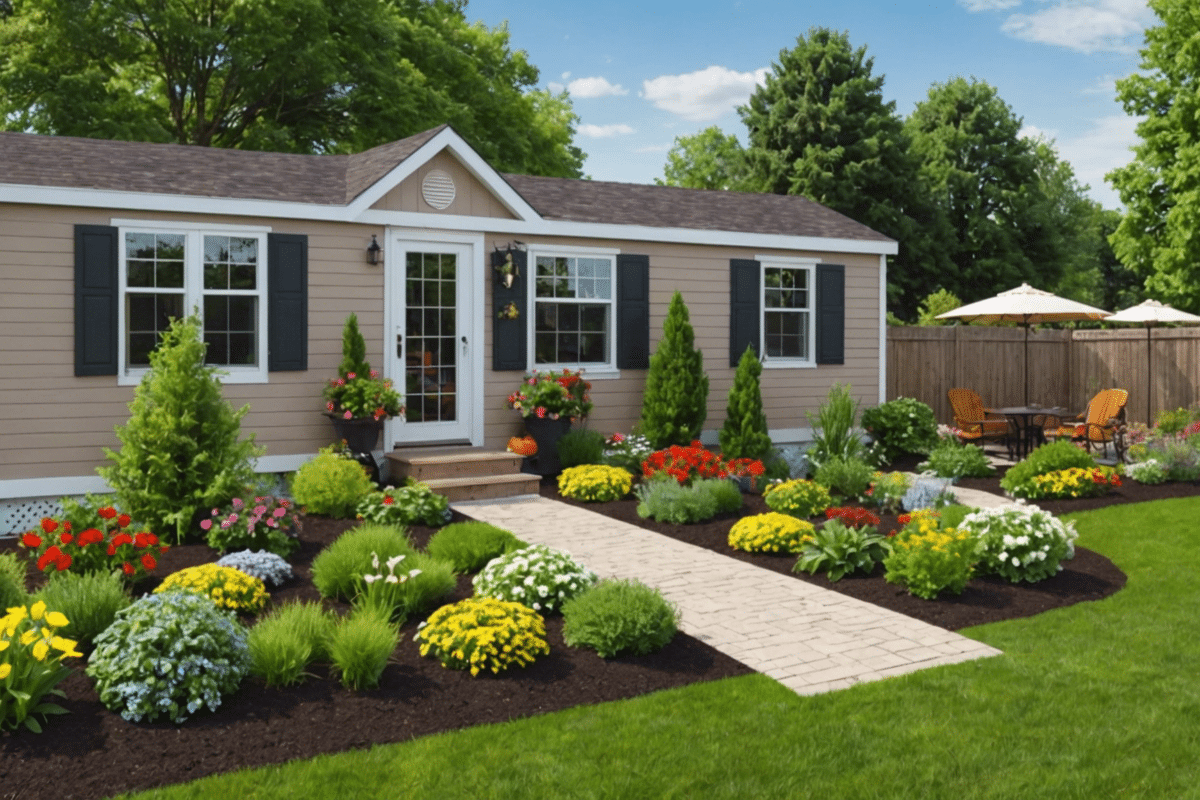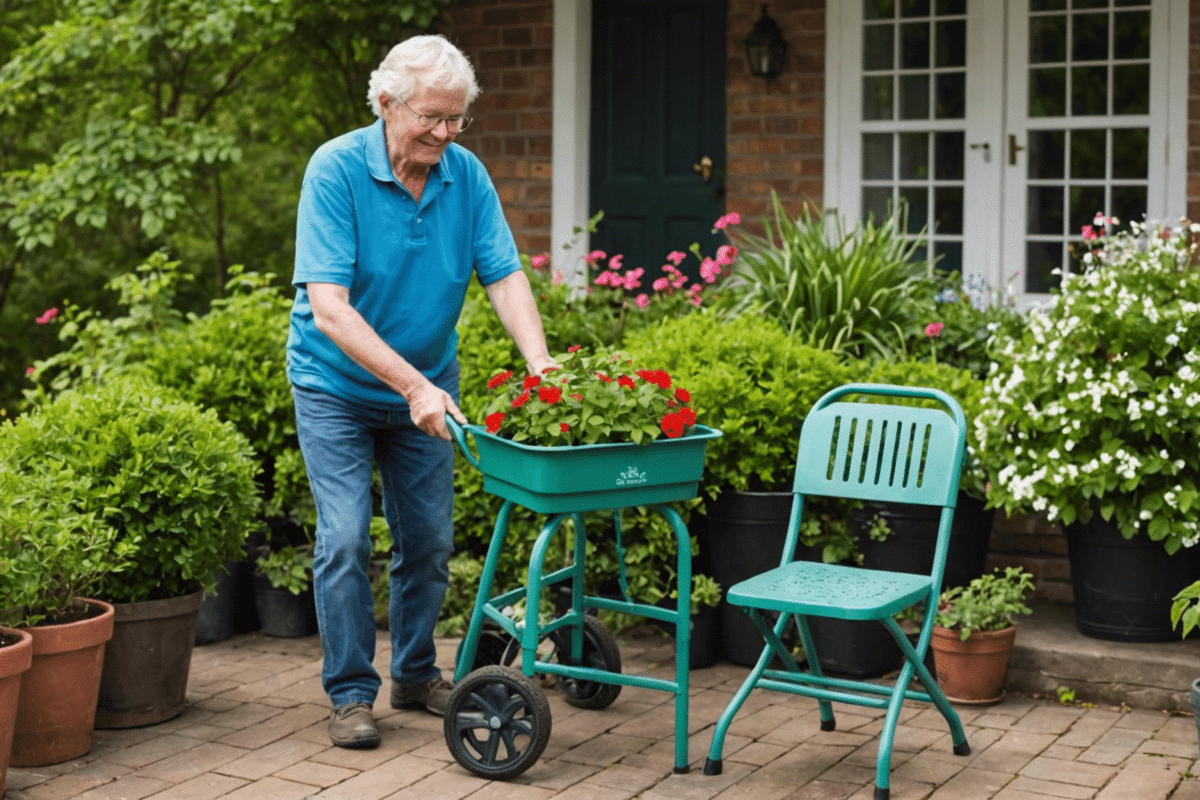For those who find solace in the soil and joy in the bloom, the art of gardening is more than a mere hobby—it’s a passion that requires dedication, patience, and the right set of tools. Whether meticulously pruning delicate bonsai or tending to a vibrant vegetable patch, having essential gardening tools at hand can transform the experience from laborious to delightful.
The Foundation: Hand Tools for Precision and Care

At the heart of every gardener’s toolkit are the hand tools, designed for precision and care. These include:
- Trowels: Ideal for digging small holes, transplanting seedlings, and mixing in fertilizers or other soil amendments.
- Pruners: Essential for cutting back plants, deadheading flowers, and shaping shrubs to encourage healthy growth.
- Weeders: Designed to remove unwanted plants with minimal effort while preserving the surrounding flora.
- Cultivators: Perfect for aerating the soil and removing weeds around plants without damaging roots.
These tools are often forged from stainless steel for durability and fitted with ergonomic handles to reduce fatigue during long gardening sessions.
Soil Work: Digging Tools for Every Gardener
When it comes to preparing beds or planting large specimens, a robust set of digging tools is indispensable. These include:
- Spades: With their sharp, flat blades, spades are perfect for slicing through sod and edging garden beds.
- Shovels: Rounded or pointed shovels are key for moving soil, compost, or mulch efficiently.
- Forks: Garden forks can break up compacted soil, harvest root vegetables, or turn compost with ease.
Choosing tools with high-quality wooden or fiberglass handles can ensure longevity and provide better leverage when working with tough terrain.
Watering Wisdom: Hydration Tools for Lush Gardens
Adequate hydration is vital for a thriving garden. The following tools help ensure every plant receives its necessary sip:
- Hoses with adjustable nozzles: Allow for gentle showers or strong streams depending on the needs of different plants.
- Watering cans: Offer portability and precision, especially useful for indoor plants or delicate seedlings.
- Sprinklers: Automated systems can save time by providing consistent coverage over larger areas.
Investing in kink-resistant hoses and rust-proof watering cans can enhance the gardening experience significantly.
Gardening Comfort: Seats and Stools for Endurance
Gardening can be physically demanding; therefore, comfort is key. Ergonomic stools and seats allow gardeners to work longer without strain. Look for features such as:
- Adjustable heights: To match different tasks and reduce bending or stretching.
- Padded seats: For cushioning during extended periods of weeding or planting.
- Wheels or casters: To move easily between garden beds without standing up frequently.
A seat that doubles as a tool caddy can also be a game-changer, keeping all necessary items within arm’s reach.
Protective Gear: Clothing and Accessories for Safety
To fully enjoy the gardening experience while staying protected from the elements, consider these essentials:
- Gardening gloves: Shield hands from thorns, blisters, and dirt while providing a better grip on tools.
- Hats with wide brims: Protect the face and neck from harmful UV rays during sunny days in the garden.
- Knee pads or kneeling mats: Offer protection and comfort when working close to the ground.
- Sleeves or arm protectors: Prevent scratches and sunburn on arms when reaching into dense foliage.
Durable fabrics that withstand frequent washing without losing their protective qualities are ideal choices for gardening attire.
Frequently Asked Questions About Gardening Tools
What should I look for when choosing a trowel?
A trowel should have a comfortable handle with a good grip and be made of rust-resistant material like stainless steel. The blade should be firm enough not to bend when digging into tough soil.
How do I maintain my pruners?
Clean your pruners after each use to prevent disease spread. Sharpen the blades regularly to ensure clean cuts, and oil the moving parts to keep them functioning smoothly.
Can I leave my gardening tools outside?
It’s best not to leave your tools exposed to the elements. Store them in a dry place to prevent rusting and degradation of materials. Hanging them up can also help maintain their shape and functionality.
In conclusion, equipping oneself with essential gardening tools is akin to an artist having their brushes; each one serves a unique purpose that brings out the beauty of nature’s canvas. By selecting quality tools tailored to specific tasks, any gardener can cultivate their green space with efficiency, precision, and joy. Remember that caring for these instruments will extend their life span, ensuring many seasons of fruitful gardening ahead. Embrace the rhythm of nature with every dig, prune, and water—after all, each seed sown is a step towards a more verdant world.
Content
- 1 The Foundation: Hand Tools for Precision and Care
- 2 Soil Work: Digging Tools for Every Gardener
- 3 Watering Wisdom: Hydration Tools for Lush Gardens
- 4 Gardening Comfort: Seats and Stools for Endurance
- 5 Protective Gear: Clothing and Accessories for Safety
- 6 Frequently Asked Questions About Gardening Tools












